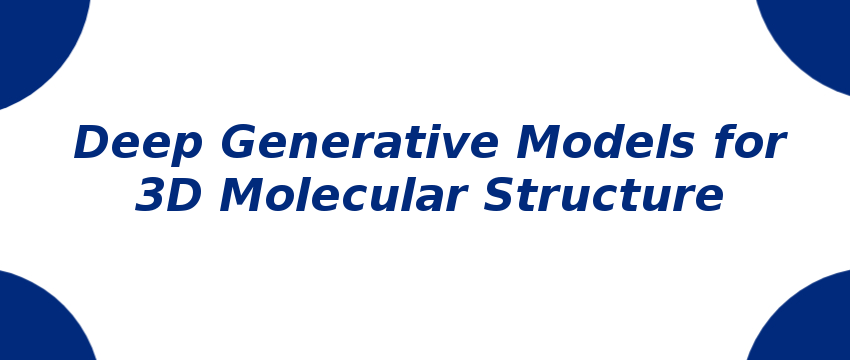Research Area: Machine Learning
Deep generative models have gained recent popularity for chemical design. Many of these models have historically operated in 2D space; however, more recently explicit 3D molecular generative models have become of interest, which are the topic of this article. Dozens of published models have been developed in the last few years to generate molecules directly in 3D, outputting both the atom types and coordinates, either in one-shot or adding atoms or fragments step-by-step. These 3D generative models can also be guided by structural information such as a binding pocket representation to successfully generate molecules with docking score ranges similar to known actives, but still showing lower computational efficiency and generation throughput than 1D/2D generative models and sometimes producing unrealistic conformations. We advocate for a unified benchmark of metrics to evaluate generation and propose perspectives to be addressed in next implementations.
Keywords:
generative model
structural information
binding pocket representation
unrealistic conformation
unified benchmark
Author(s) Name: Benoit Baillif, Jason Cole, Patrick McCabe, Andreas Bender
Journal name: Current Opinion in Structural Biology
Conferrence name:
Publisher name: Elsevier
DOI: https://doi.org/10.1016/j.sbi.2023.102566
Volume Information: Volume 80
